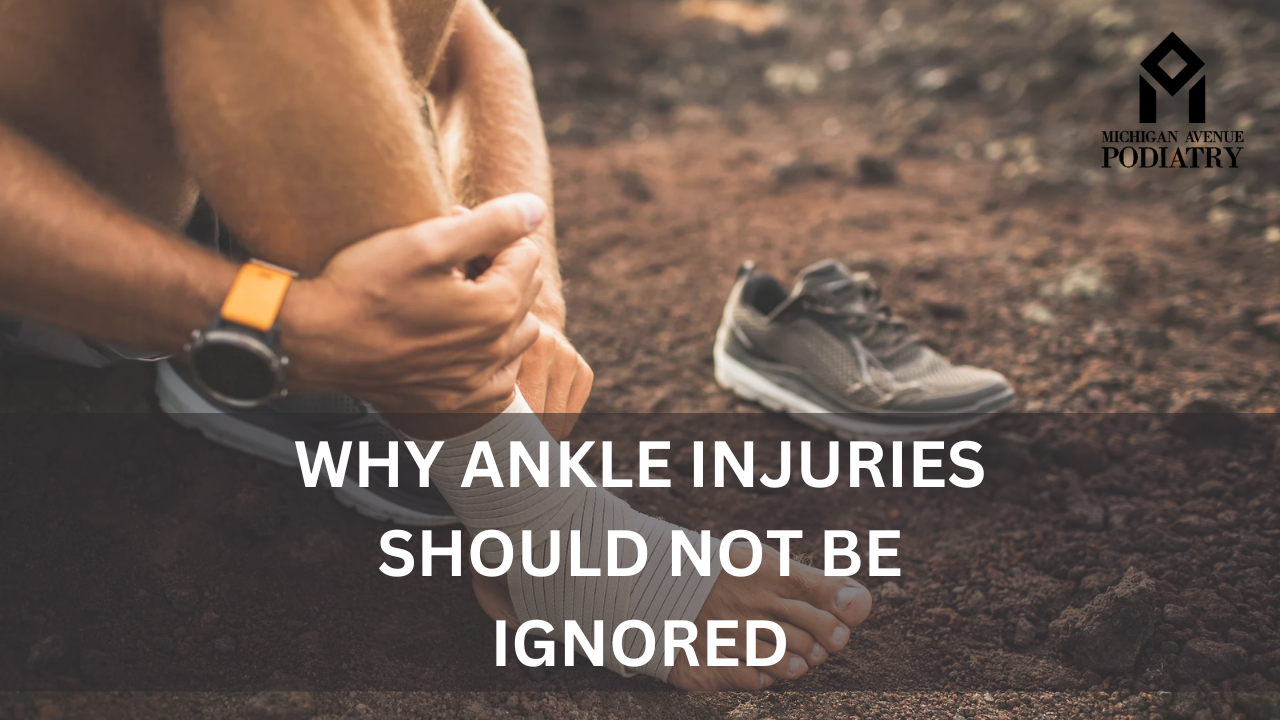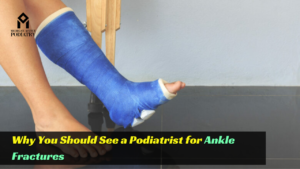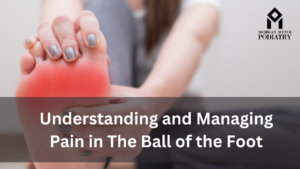If you trip and twist your ankle, it might not seem too bad. At first, you might notice some swelling or discomfort, but you can still walk on it. You might keep going to work and exercising, but the pain doesn’t completely go away.
About 28,000 people hurt their ankles each year, mostly from sports. If you ignore it, your joint might not move as well over time, and you could get a worse injury later.
Instead of pushing through the pain or walking it off, here’s what you should think about.
How Ankle Injuries Happen:
Most ankle injuries are called sprains, which happen when the ligament (a tissue that connects bones) is bent or stretched too much. This can come from everyday stress or sudden injury, like rolling or twisting your ankle. Sprains can cause bruising, swelling, and affect how well the joint moves. Other common ankle injuries include:
- Broken bones in the ankle.
- Tendonitis is when the tendons around the joint get inflamed.
- Gout is caused by too much uric acid in the blood.
- Arthritis makes the joint stiff.
What Happens If You Ignore an Ankle Injury:
Ignoring an ankle injury can lead to weaker support over time. You might struggle to put weight on the joint, lose flexibility, or feel pain. Poor recovery can also create scar tissue, making the joint weaker. Ignoring an ankle injury can:
- Slow down recovery, making it hard to do everyday things.
- Change how you walk, putting more weight on one side and affecting your knees, hips, and spine.
- Create an unstable joint, making the ligaments weaker and less supportive.
- Increase the risk of future injuries.
- Raise the chances of getting osteoarthritis, where the joint cartilage wears away sooner.
What to Do If You Hurt Your Ankle:
Depending on how bad it is, seek medical help or see a expert podiatrist. Rest, use ice, and compression, and elevate your ankle to reduce swelling. Taking a break from using the joint helps it heal. If you don’t rest, you risk having long-term pain.
Your doctor might suggest:
- Staying off the ankle for a few days or longer.
- Wearing an air cast.
- Using a brace for temporary support.
- Surgery if there’s a severe injury.
- Physical therapy to strengthen the area during recovery.
To schedule an appointment with our board-certified foot and ankle specialists, Book Your Appointment Now




